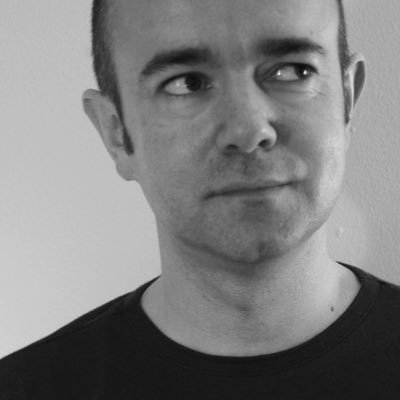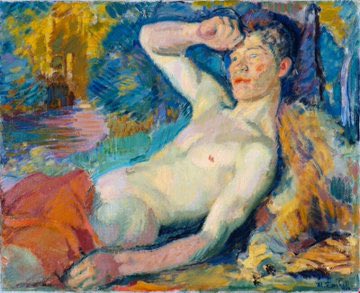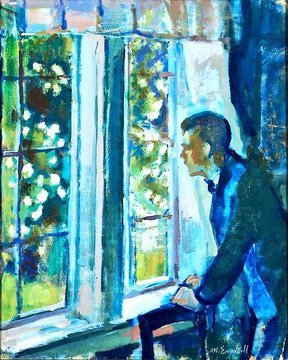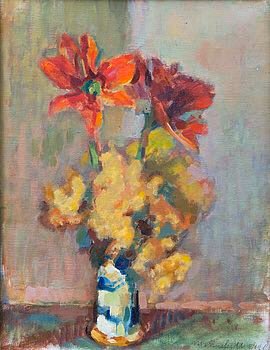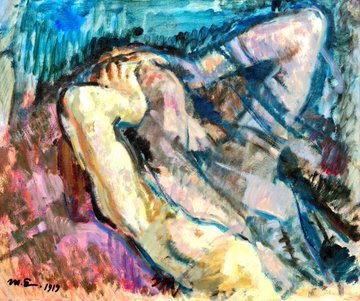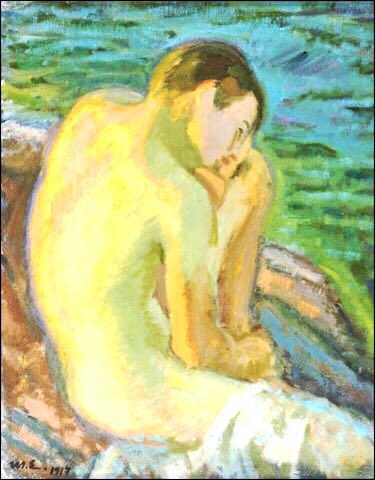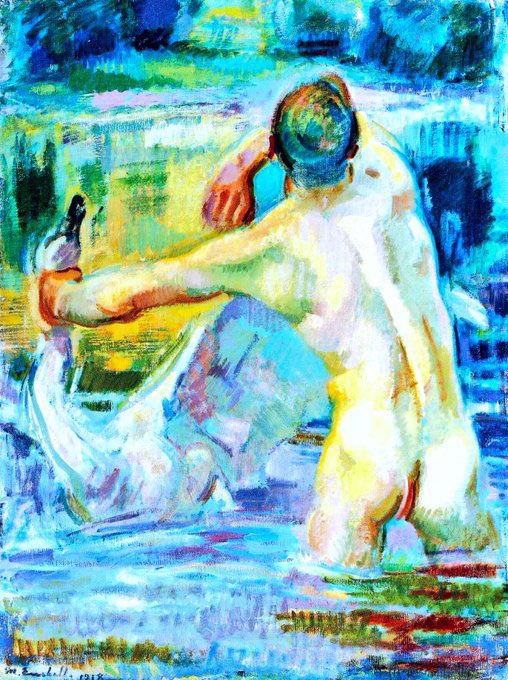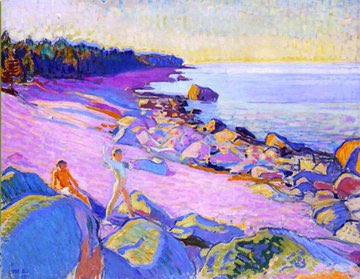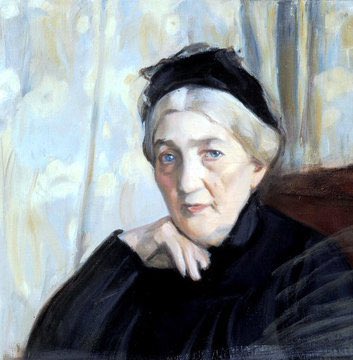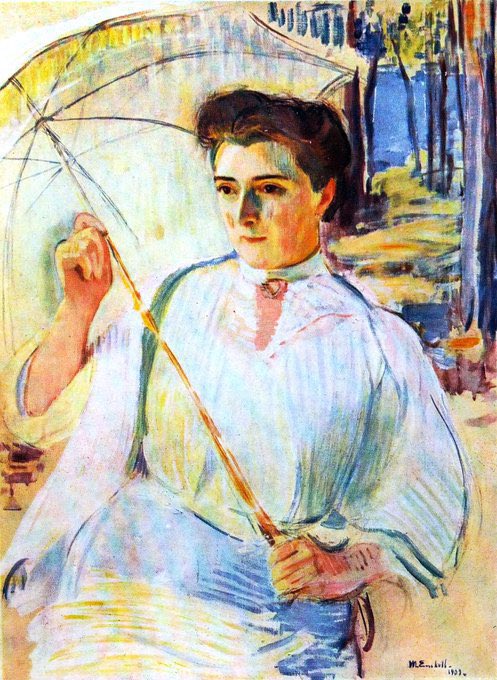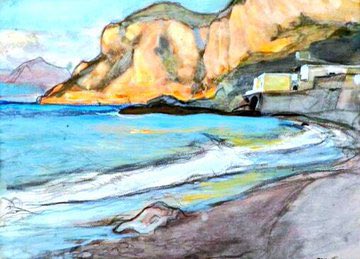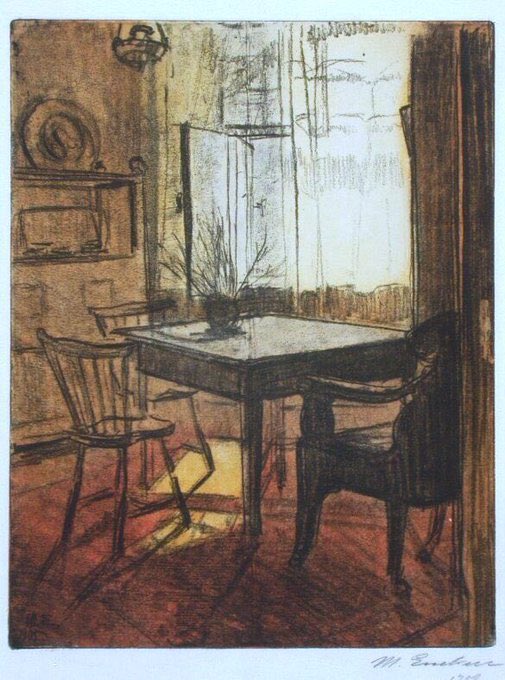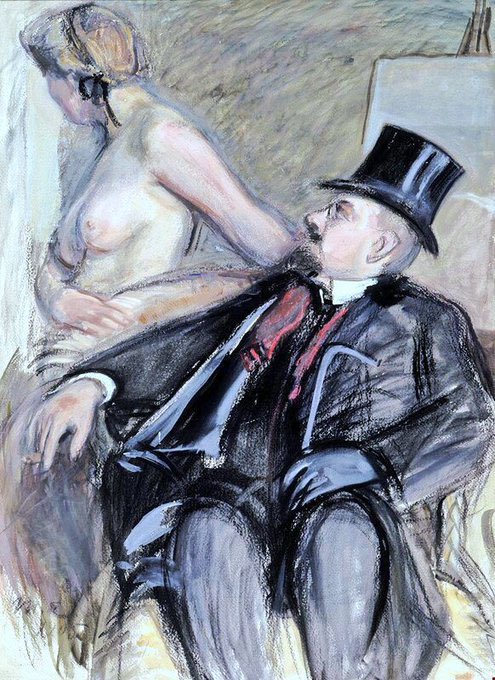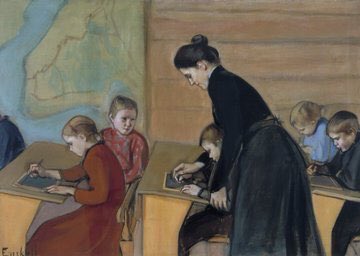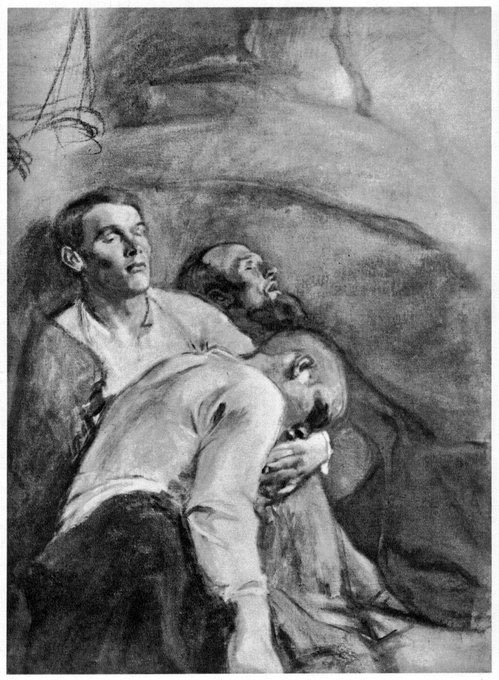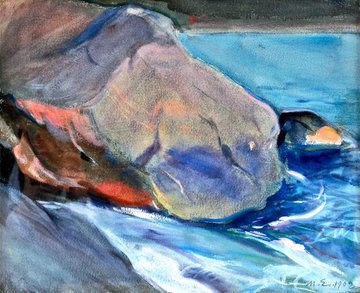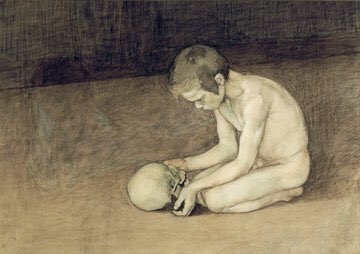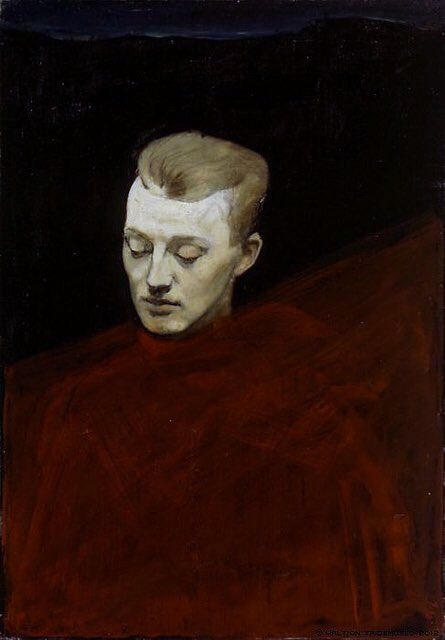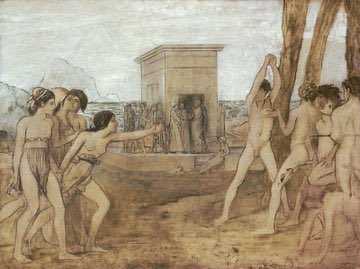Enckell integrated the post-Impressionist style into his Finnish vision, creating atmospheric & exciting images. Awakening Faun (1914), By the Window (1919), Flowers (1920) & Self-Portrait (1915)
He was chair of the Finnish Art Association (1915-8) his art shimmered with light & colour at this time. Anni Largerborg (1914), Nude (1919), Youth (1917), Mies Ja Joutsen (1918). The image of a man with a swan subverts the Legend of Leda
From 1901 he stayed regularly at Suursaari Island which inspired several of his greatest works including Boys on the Shore (1910). The Artist’s Mother (1904), Emmy Frosterus (1909) & Music (1906)
His choice of subject matter varied widely but is marked by an authentic interest in his sitters & environment. Head (1902), Naples (1905), Interior (1905) & Arne Cederholm with a Model (1905). You sense he is amused by Arne’s unrequited interest
Enckell’s depiction of children was based on authentic explorations of their psychology. Examples of that are his Primary School (1899) & Golden Age (1904). Gethsemane (1902) is a drawing of striking power & Cliffs (1902) a magnificent landscape
Symbolism is apparent in his depiction of an old woman as herald of death & love as a subject of worship. Death’s Walk (1896), The Cult of Venus (1895). Photograph of Enckell. Enckell was familiar with Munch’s work as well as that of other European symbolists
His idea of symbolism was influenced by the occult & mysticism, popular at the time. Boy with Skull (1893), Two Boys (1893) & Head (1894). Youngsters symbolised life & possibility & skulls, death. He was inspired by French artists’ similar naked images (Degas, 1860)
Mulready’s nudes are some of the finest in British & Irish art (he holds that talent with William Etty). Giving a Bite (1834), Male Nude (nd) & Female Nude (nd). Patronage by Sheepshanks allowed him devote more time to this superb ability.
Mulready’s work was appreciated by his Victorian audience. In 1815 he became an associate of the RA & full member in 1816. That latter year he was awarded the Legion of Honour by France. The Village Buffoon (1816), The Fight Interrupted (1816) & The Sleeping Shepherd (1828)
